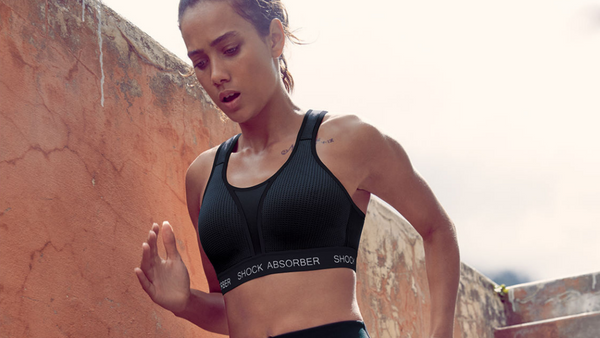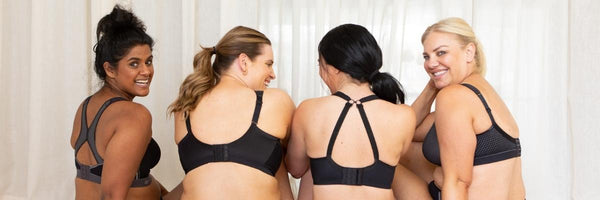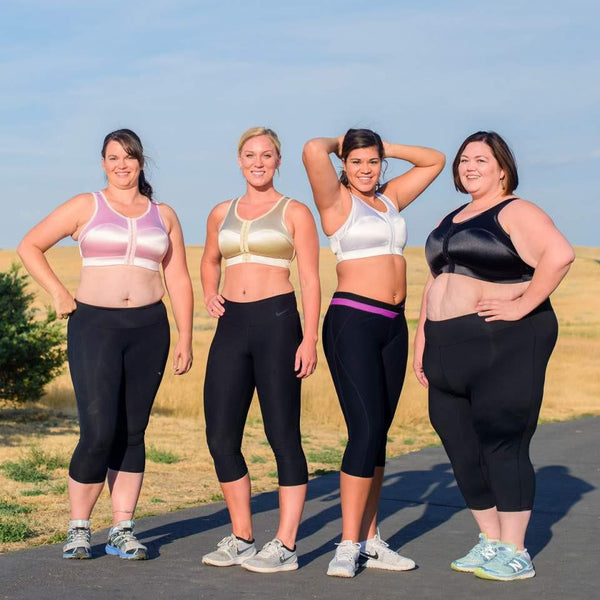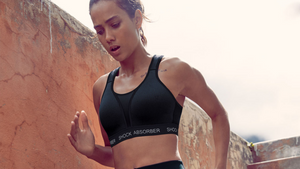How to avoid injury when training CrossFit

5 tips to help prevent injury during exercise and in your CrossFit gym
By Hannah Briggs
CrossFit – simply put – is a strength and conditioning program that uses weighted and bodyweight exercises including Olympic Lifting and Gymnastics skills. It targets various aspects to deliver a fitness that is broad, general and inclusive. This way the program is designed to be scaled in any way, making it suitable for any individual regardless of fitness level or exercise experience.
I have been a dedicated CrossFit Athlete for a couple of years now, and for the most part I have been injury free. I became a CrossFit Level 1 Trainer and Personal Trainer over a year ago, and started entering local CrossFit competitions early into my training.
A common issue or concern I hear most from people when it comes to CrossFit is “I’m not fit enough’, ‘ Isn’t CrossFit dangerous’, or ‘CrossFit is only for the elite’. These statements couldn’t be further from the truth.
Almost every other sport has the potential for injury, and CrossFit is no different. How many football players do you hear of each weekend that have done the ACL in their knee? How many Netballers roll their ankles or destroy their knees due to the high intensity of the game, and the twisting/turning required.
CrossFit, performed under the watchful eye of a qualified PT and Coach, is no more dangerous than Football and Netball.
Here are my 5 tips to help you remain injury free, but also get the most out of your CrossFit experience.
1. Leave your ego at the door and listen to your coach.
Your coach is there to help you, so ask questions when you’re unsure or feel like you need some assistance. You’re not supposed to know everything about CrossFit – that’s what your qualified trainer is for!
2. Warm up and cool down appropriately
This is fairly common sense, but you would be surprised at how many people warm up incorrectly or not at all. You should warm up for 10-15 minutes, during which time you slowly build intensity as you focus on the large muscle groups. This is designed to raise your heart rate and prepare your body for the workout.
3. Scale the WOD (Workout of the Day). Don’t be a hero.
If you feel like you’re sacrificing your form by trying to do a weight that is too heavy, just scale it back a little. You’re coach will help pick a weight that is suitable for you if you aren’t sure – it’s more important to lift correctly and safely and perform at a higher intensity, than to take 40 minutes to complete what should take 20 minutes just to say you did the weight Rx (as prescribed).
4. Rest Days
Listen to your body. Everyone needs rest days. You might be able to physically turn up every day, and get through another workout, but you won’t be able to give 100% effort. It is recommended to take a rest day every 3-4 days, and your body will thank you for it.
5. Mobility and Massage
Massage Therapy can help to alleviate pain, stiffness and improve flexibility. It can help reduce inflammation in joints and soft tissue, and also reduce stress and anxiety. When you exercise often and at high intensity, regular massage can also assist in preventing injury.

Hannah is a She Science Ambassador, a Personal Trainer/CrossFit Level 1 trainer, and a CrossFit Athlete. Hannah competes at local CrossFit competitions both individually and as a team competitor, and made the finals event in her last 2 major competitions. Hannah is passionate about helping other people achieve their health/fitness goals through her PT and coaching, and motivating others to become passionate about their own fitness. Follow Hannah on instagram @_mindovermatter_13.
Visit our full website at www.SheScience.com.au
You can find us on facebook www.facebook.com/SheScience
Or on instagram www.instagram.com/SheScience









